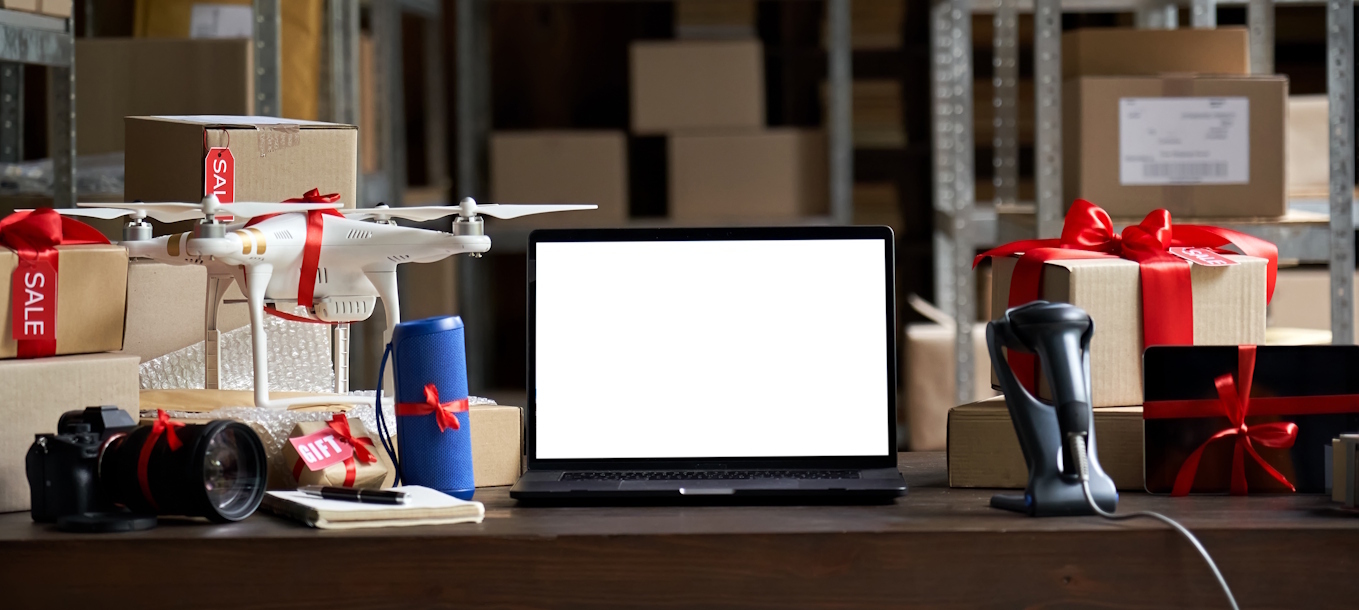Today’s customers are only satisfied when they receive a perfect product, delivered on time, meaning late delivery of a perfect product is equivalent to delivery of a defective one. Customers also want to know where their order is, with real-time shipping data.
Retailers like “Amazon” now offer same-day shipping and real-time tracking. Like it or not, Amazon is setting the bar for all sectors, including manufacturing, and customers are learning to expect fast on time delivery (OTD) and real-time visibility from everyone with whom they do business.
Why improving OTD Rate is Crucial for Manufacturers
On time delivery is a measure of process and supply chain efficiency. It refers to the percent of finished goods or services shipped and delivered to customers on time and in full.
Late delivery costs both customers dissatisfaction and money, so measuring OTD and maintaining a high OTD rate should be a top KPI for manufacturers. A high OTD rate and giving customers access to real-time tracking of their orders leads to better collaboration with customers, drives customer loyalty, and attract new customers. In fact, OTD is so important that companies have started charging suppliers “late fees”, which according to a 2018 McKinsey report could add up to $5 billion a year across the US if the manufacturing sector doesn’t improve current delivery performance.
A consistently low OTD rate is indicative of deeper problems in the company, such as production or supply-chain bottlenecks or poor manufacturing visibility of your sales staff.
Do You Really Need Real Time OTD Management?
Consider this: A salesman for a manufacturer with no online, real-time visibility of its systems promises a customer delivery of 1,000 units of his company’s top product, within three days, which is the standard delivery time for this product, since it is a make to stock product which is normally in hand. He couldn’t have known that there are only 500 units in stock, or that there aren’t enough raw materials on hand to start production on his order in time to meet the deadline. Since the logistics department doesn’t immediately know about the order, it may send the units in stock to someone else. No one is alerted to warn the customer. When, after three days, the product isn’t delivered the customer calls the company. The service rep can’t explain the delay, so the frustrated customer cancels the order and goes elsewhere.
Now consider this: A customer needs 1,000 units of a popular product. The sales rep, who can access data from all sections of the factory, checks his dashboard and sees that: 1) There are only 500 units in stock, and 2) Raw materials are on order, but will only arrive in three days. This is explained to the customer, who agrees to take instant delivery of 500 units and wait a few days for the others. With a few clicks, the sales rep flags the 500 units in stock for immediate shipping to the customer. An order for 500 units is automatically added to the production and shipping schedules, and the order for raw materials is automatically updated. Delivery is set for end of business in five days. At 4.pm on the fifth day, the customer receives an automatic alert that delivery is delayed two hours and learns from online support that this is due to an unforeseen road accident. Despite the delay, the customer is satisfied that he was provided with timely and trustworthy service, and decides to continue ordering from the manufacturer.
The lesson is clear: In the first scenario, lack of real-time visibility and connectivity led to mix-ups and a lost customer. In the second, real-time visibility and OTD monitoring led to a satisfied customer, despite the problems incurred.
The Benefits of Having Real-Time Control Over Delivery Times
To set ideal delivery dates, sales teams need real-time access to lead time, inventory, supply, and production data. Also, customers want access to real-time shipping information.
With full access to real-time data, sales teams can promise the earliest realistic delivery date, or supply and production chains can be updated to facilitate any realistic delivery time requested by the customer. Customers can be automatically alerted to delays (or to early delivery), and can change the requested delivery date online without disrupting production. In addition, managers can analyze OTD trends, locate bottlenecks and eliminate them. The factory runs smoothly, delivery dates are met, and customers stay happy and loyal.
How FactoryEye Can Help
Manufacturers can only guarantee consistent OTD if all the factory’s systems are connected in real-time. With the technology and the power of Industry 4.0 mission-critical systems in any factory can be connected to each other, to the shop floor, to the sales reps and to the C-suites.
Magic’s FactoryEye lets you do all this and more, seamlessly and easily, and without replacing your legacy systems. FactoryEye gives you everything you need to monitor and manage delivery, keeping your customers happy and your factory running smoothly.
(function() { var qs,js,q,s,d=document, gi=d.getElementById, ce=d.createElement, gt=d.getElementsByTagName, id=”typef_orm_share”, b=”https://embed.typeform.com/”; if(!gi.call(d,id)){ js=ce.call(d,”script”); js.id=id; js.src=b+”embed.js”; q=gt.call(d,”script”)[0];




